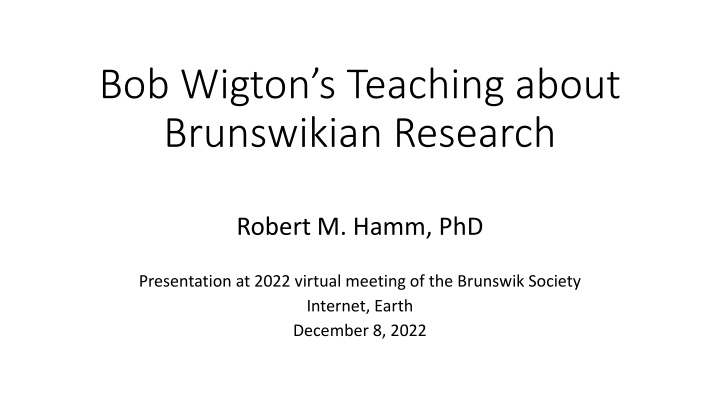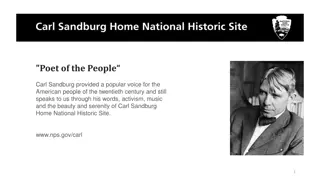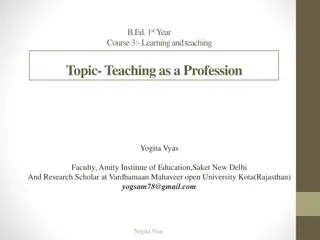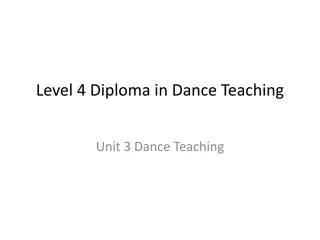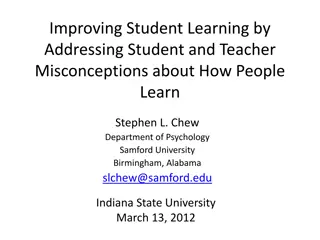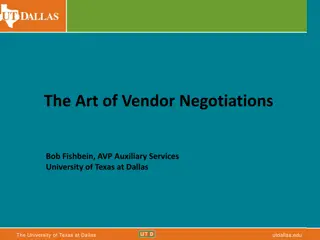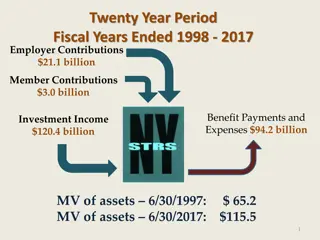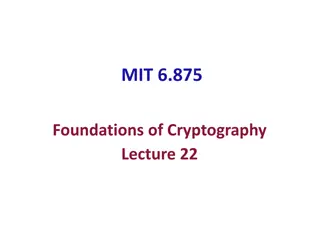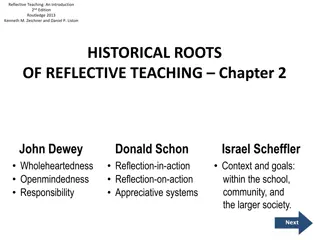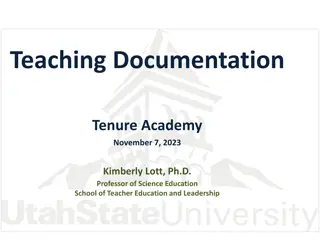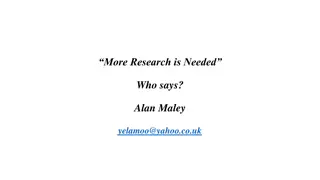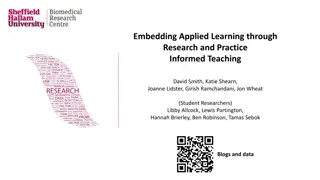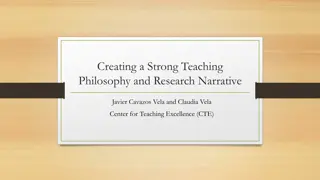Bob Wigton's Contributions to Brunswikian Research and Teaching
Bob Wigton made significant contributions to promoting Brunswik's theory and method broadly, especially in the field of medical decision making. He was an early member of the Society for Medical Decision Making and actively engaged in teaching the Brunswik Lens Model at SMDM events. Wigton's emphasis on applying Brunswikian methods in various fields and his teaching initiatives, such as the annual Student Presentation Awards, have left a lasting impact on the research community.
Download Presentation

Please find below an Image/Link to download the presentation.
The content on the website is provided AS IS for your information and personal use only. It may not be sold, licensed, or shared on other websites without obtaining consent from the author.If you encounter any issues during the download, it is possible that the publisher has removed the file from their server.
You are allowed to download the files provided on this website for personal or commercial use, subject to the condition that they are used lawfully. All files are the property of their respective owners.
The content on the website is provided AS IS for your information and personal use only. It may not be sold, licensed, or shared on other websites without obtaining consent from the author.
E N D
Presentation Transcript
Bob Wigtons Teaching about Brunswikian Research Robert M. Hamm, PhD Presentation at 2022 virtual meeting of the Brunswik Society Internet, Earth December 8, 2022
To Promoting Brunswiks Theory and Method Broadly Ken Hammond valued applying Brunswikian methods in other fields. Best way involve and engage field experts in the research Identifying the judgments to study Structuring the stimuli Actually learning to apply the method and analyze it. Medicine may be the other domain with the most lens model research. And Bob Wigton perhaps took to it most productively.
Bob Wigton was an early member of SMDM Society for Medical Decision Making (SMDM) addresses both the optimal medical decisions for particular diseases (decision analysis) and how physicians (and more recently, patients) actually make decisions (judgment and decision making psychology). I attended SMDM meetings 1979-1984, and 1992 on. I worked for Ken in Boulder 1981-1984. When Bob came to visit Ken I recognized him from SMDM. Tom Tape: Bob s lens model research. Next: Bob s lens model teaching at SMDM.
Bobs Teaching at SMDM. Bob s biggest teaching contribution at SMDM was running the annual Student Presentation Awards for 2 decades, from 1987 or 1988. Get many volunteers to attend, and grade Collate before last session. In addition, he collaborated with Tom Stewart, Tom Tape, Esther Kaufman, in teaching the Brunswik Lens Model as a method, in 3 hour short courses at the annual meeting. Several times before 1997 As late as 2010 and 2014. Short courses are for physicians, researchers, and a few trainees. Here is how he covered it his section of the 3-hour course.
Bob started with this lens representation of Henry Wallace s 1923 study. What s on the Corn Judge s Mind? Cues Weights r1 length Corn judge Actual yield (environment) estimate r2 Circumference E J r3 weight r4 etc Wallace in 1923 had no Brunswik Lens Model Equation (Brunswik was 20 years old, Hammond 6). But compared judges weights with actual weights.
Relative Weights (sum to 100) for predicting a corn field crop s yield/acre. Length Circumference Wt of Kernel Filling at tip Blistering Starchiness Corn judges Actual yield 8 10 50 18 9 5 100 42 14 18 13 6 6 100
Outline of Bobs part of short course. A series of graphs, adding ra and the linear model predictions, Building up to the lens model graph and equation Multiple clinical examples Described past research, his and others Stepped through how to do a study A workshop where attendees design a study, collect data, analyze it with a linear model, compare weights to a published standard.
He emphasized the advantages of the Lens Model a.k.a. Policy Capturing, Judgment Analysis Lens model equation -- can decompose elements affecting accuracy (achievement) Can accurately predict an individual s future decisions Creates a model of decisions or judgments Can study interactions among cues Can describe policies of individuals Uses explicit values of cues, not abstract Models trade-offs Measures accuracy, consistency and calibration
He emphasized the advantages of the Lens Model a.k.a. Policy Capturing, Judgment Analysis Note that he defines Lens Model broadly policy capturing produces only the model of the judge, no lens, no lens model equation. Lens model equation -- can decompose elements affecting accuracy (achievement) Can accurately predict an individual s future decisions Creates a model of decisions or judgments Can study interactions among cues Can describe policies of individuals Uses explicit values of cues, not abstract Models trade-offs Measures accuracy, consistency and calibration
He discussed each of these aspects of judgment study methodology in some detail. How to Do a Lens Model Study Identify cues (variables, clinical findings). Decide on structure of the study (just policy capturing, or that plus environment). Reduce the number of cues (max 5 to 9). How to: e.g., combine correlated cues; limit the study question. Design the case display (vignette, feature list, graphic bars) Dichotomous or continuous cues? Identify ranges for cues Assign values to cases cues (invent cases, or select from real world cases) Response format (yes/no, continuous, what units) Case display (paper/computer, single/multiple at a time) Review constructed cases for plausibility, unlikely cue combinations, etc.
Bob Presented Many Analysis Options How to Analyze a Lens Model Study (1) Statistical methods: regression vs ANOVA vs other multivariate methods (even r) Check for linearity -- and intercorrelations if random design Compute ra, Rs, Re, G (Rm), Ys, Ys , Ye, Ye Calculate interactions if design permits
How to Analyze a Lens Model Study (2) Test for best fit: Check monotonic transformations esp. logit using R2 or other goodness of fit measure How to Analyze a Lens Model Study (3) What kind of multivariate analysis? OLS Regression Can use ANOVA if factorial design Ordinarily, include all variables in analysis (vs. stepwise or max R2)
How to Analyze a Lens Model Study (4) How to Convert to standardized weights: Factorial -- average of outcome by level by cue % of total weight Restrict to R2 high
Bobs Approach to Teaching Brunswik Methodology was practical. The aim was to make a difference. From the 2014 course description: The lens model is a tool for studying clinical judgment. By analyzing a series of judgments made in response to clinical vignettes, a subject s weighting of clinical factors can be measured and compared to a reference standard. He knew his audience of physicians and researchers was not concerned with coherence versus correspondence nor ideographic vs nomothetic . He showed them how to do it. Not doctrinaire Real tasks they knew the value of
Accepting of methodological variations if useful, if more feasible: Factorial and fractional factorial designs, rather than cue intercorrelations representative of the ecology. Little focus on the C-term, r(Ze,Zs)*sqrt(1-Re2)*sqrt(1-Rs2) Fit lens models to judgment data from multiple judges Possible disadvantage: Individuals with a superficial grasp of the method may get deep into a study and find it is unanalyzable in the intended way. An opportunity for creative problem solving.
More Benefits for Brunswik Lens Model Analysis by Other than Professional Brunswikians Henry Wallace: After doing his lens model analysis, he went on to be US Secretary of Agriculture, US Vice President, US Secretary of Commerce, and 1948 presidential candidate (2% of the vote!). So we should recognize that when we teach non-psychologists to understand and actually use the lens model, we may be helping them do well, beyond the obvious benefits.
